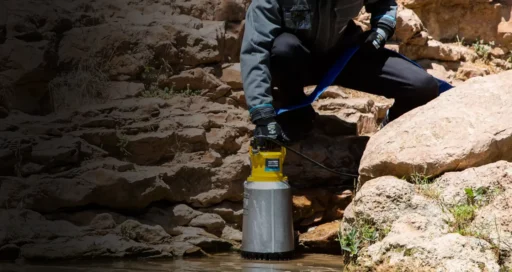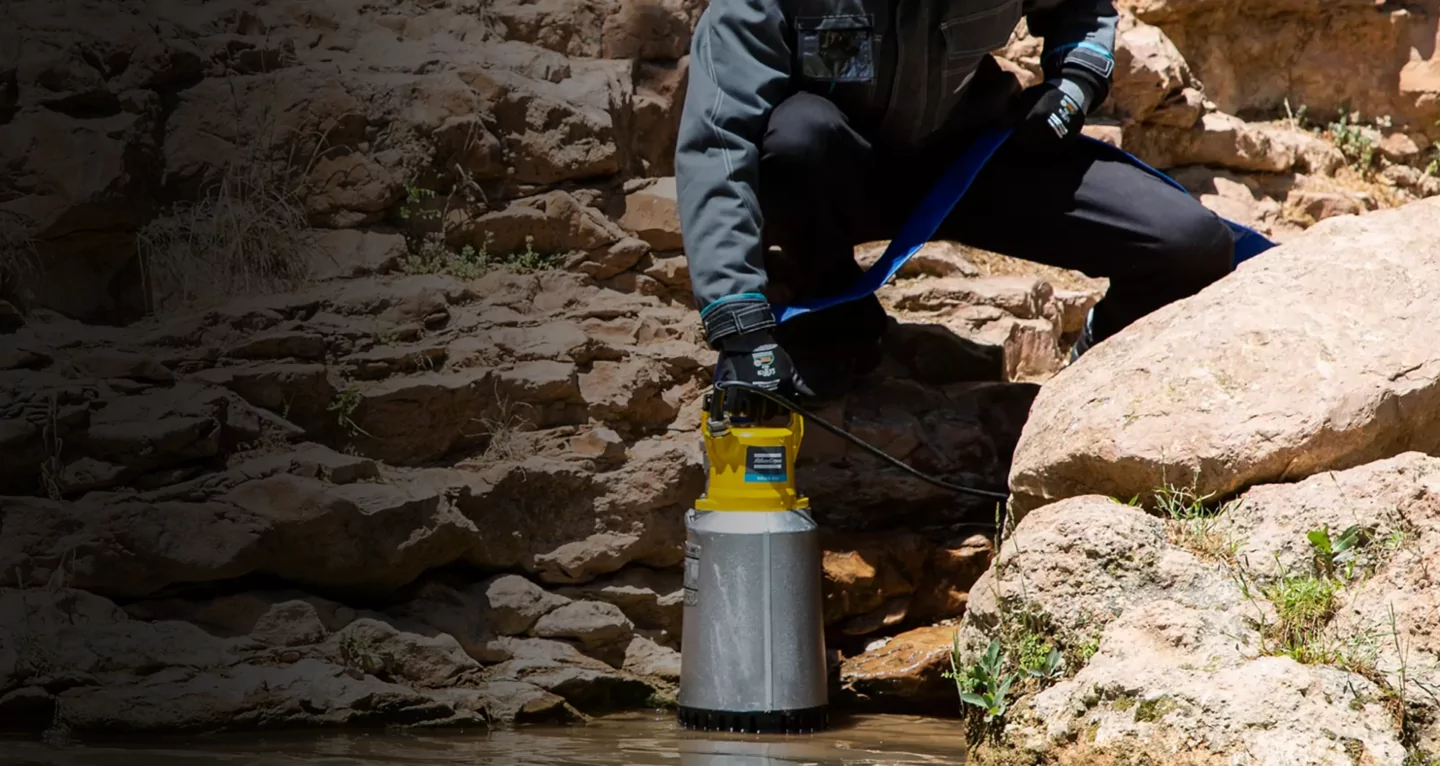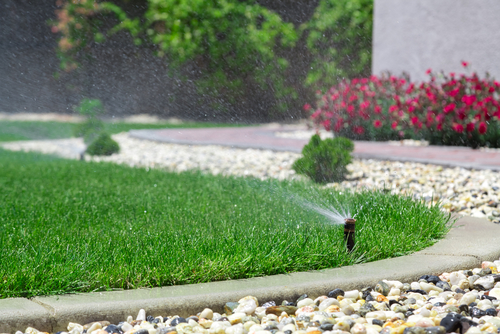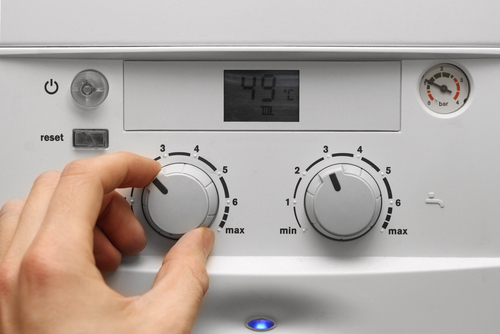Energy efficient and very effective, submersible pumps play a vital role in a number of industrial applications. These watertight and easy to use pumps are the ideal solution when you want to remove excess water from a submerged location and are available with single or multiple impellers, depending on how they’re intended to be used.
How do Submersible Pumps work?
Rather than pulling water out of the ground, this type of pump pushes the water to the surface. It uses less energy and can move the liquid far more efficiently than a surface pump but it must be completely submerged to work properly.
The engine is hermetically sealed into a watertight body and drives an impeller. This draws water into the pump and then pushes it out through a pipe to the surface. The type of pump you require will depend upon the application and it’s always important to use a pump that’s the right size for the job.
Industrial uses for Submersible Pumps
This type of pump is extremely versatile and can be used in domestic, commercial and industrial situations. Most commonly used for pumping sewage and managing wastewater systems, submersibles are also used for seawater handling, rainwater tanks and deep well drilling. Submersible pump-based irrigation systems have also proved to be low cost, reliable and highly efficient.
The most popular applications for submersible type pumps include:
Industrial plumbing: pumps are used to clear flooded areas on construction sites, for clearing excess water and pumping slurries. The Coronada range is designed specifically for emptying drainage pits and flooded areas and features a high-grade stainless steel construction designed to cope with aggressive wastewater.
Deep well or borehole pumping: where water needs to be pumped from a great depth, a dedicated borehole pump from a reputable manufacturer such as Grundfos will make short work of boosting pressure. This type of submersible water pump is capable of pumping clear liquids from deep underground into storage tanks.
Pumping sewage: sewage pumps need to be capable of handling dirty water before treatment at the sewage plant. The heavy-duty cast iron DGO submersible sewage pump, Ebara DW range or a submersible dirty water Grundfos Unilift pump from the range are all potential choices, proving capable of dealing with water that contains contaminants and particles larger than 1mm in size.
Oil industry: submersible style pumps are widely used in the oil industry for accessing oil in both onshore and offshore wells.
The advantages of a submersible water pump
Submersibles are more reliable and efficient at clearing underground water than surface pumps because they won’t short circuit when wet. By using direct pressure, this type of pump not only clears water more efficiently but can pump it over long distances.
There’s no danger of pump cavitation and your submersible water pump won’t lose prime and burn out as a surface pump can. Opt for a submersible dirty water pump with a float switch such as the Calpeda GXVm and you’ll ensure that your self-priming pump works reliably for years to come.
Although submersible water pumps can only work efficiently when completely submerged, they make the ideal pumping solution for industrial applications where their robust construction and overall durability make them a compelling choice.






